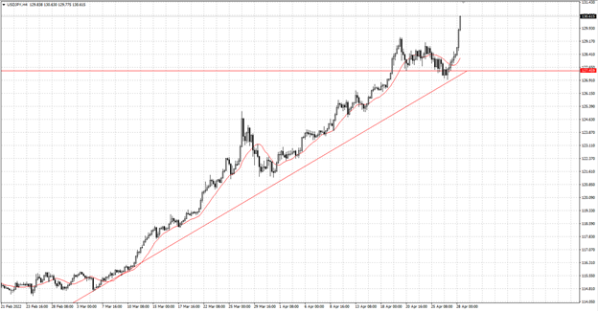The Bank of Japan sparked a sharp slide in the yen against the dollar after it held its ground amid a global wave of interest-rate hikes by leaving its monetary stimulus unchanged and indicating that faster price growth in the coming year wont last.
The yen slid to 130 against the U.S. currency for the first time in 20 years in afternoon trading in Tokyo, after it held its ground amid a global wave of interest-rate hikes by leaving its monetary stimulus unchanged and indicating that faster price growth in the coming year wont last. The results of the monetary policy meeting were announced afternoon. The meeting was held as inflationary pressure grows for commodities and a wide range of other goods, from fuel and food to apparel and appliances.
With the decision, Governor Haruhiko Kuroda and his board pushed back against the market chatter that it will have to tweak policy to help stop the Japanese currency from weakening more and to ease the pressure on its rock-bottom yield target. Looking ahead, the BOJ also stuck with its view that rates would stay low or go even lower.
The BOJ is likely to continue to face speculation that it will have to adjust its policy in the coming months. The number of economists who said the bank is likely or very likely to take policy steps in response to a weak yen or inflation this year more than doubled to 45% in a Bloomberg poll this month.
Yesterday, we saw JPY'srecent pullback and consolidation after the extended run towards 130.00 on the H4 timeframe. The pair found support and a base at 127.50, and after the BOJ meeting, buyers stepped in and determined the massive uptrend towards 130.00. Assuming the trend will weaken, and yields will reverse course, the JPY may weaken below 130, but this action by BoJ keeps the door open to further JPY declines in the medium term, and the 135+ level is seen as a formidable line in the sand.

Leave a Reply